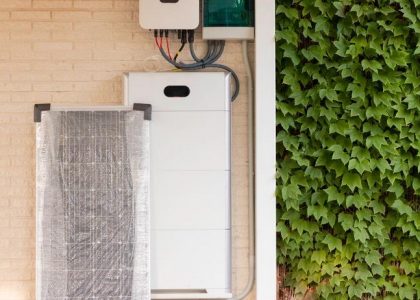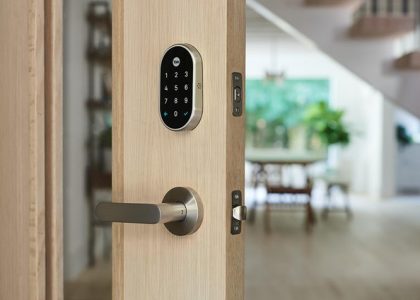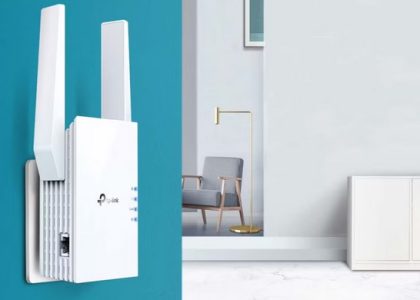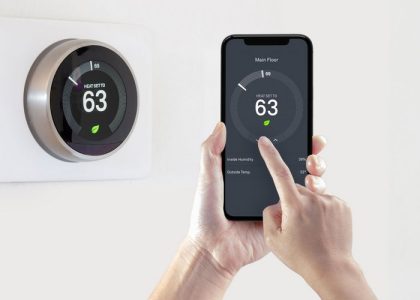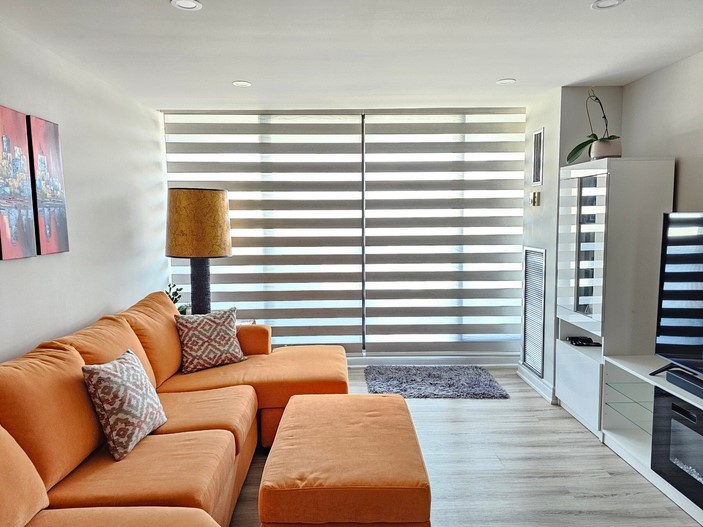
In the rapidly evolving world of home automation, window treatments have entered a new era with the rise of smart blinds. These innovative devices combine technology, functionality, and aesthetics to create a seamless solution for modern living. Unlike traditional blinds that require manual adjustment, smart blinds can be operated remotely or programmed to adjust automatically based on the time of day, weather conditions, or user preferences. Whether for energy efficiency, privacy, or enhanced interior design, smart blinds are transforming how homeowners manage natural light and ambiance in their living spaces.
1. Understanding Smart Blinds and How They Work
Smart blinds are motorized window coverings that integrate with smart home ecosystems to provide automated control over light and privacy. They can be operated using mobile apps, voice commands, or scheduled programming, offering a level of convenience that traditional blinds simply cannot match.
a. Key Components and Features
Most smart blind systems consist of the following core components:
- Motorized Mechanism: Built into the headrail or roller, this motor enables the raising, lowering, or tilting of blinds or shades without manual effort.
- Connectivity: Smart blinds connect to Wi-Fi, Bluetooth, or Zigbee-enabled hubs, allowing communication with smartphones, tablets, or smart speakers like Amazon Alexa, Google Assistant, and Apple HomeKit.
- Control Interface: Users can control their blinds through apps that offer real-time operation, scheduling, and scene setting.
- Sensors and Automation: Advanced models feature light, temperature, or occupancy sensors, enabling blinds to react to environmental conditions autonomously.
b. Compatibility and Integration
One of the advantages of smart blinds is their ability to integrate with broader smart home systems. For example, they can be programmed to work in harmony with lighting and thermostat systems, creating a fully synchronized and energy-efficient environment. When the sun rises, the blinds open to let in natural light and reduce reliance on artificial lighting. In the evening, they close automatically for privacy and insulation.
2. Benefits of Installing Smart Blinds
Adopting smart blinds offers a range of benefits beyond just remote control. From enhancing comfort to contributing to sustainability efforts, they serve both aesthetic and practical purposes.
a. Convenience and Accessibility
The primary benefit of smart blinds is the convenience they offer. With scheduled settings, homeowners can automate daily routines. For instance, blinds can open gradually in the morning to simulate a natural wake-up, or close in the afternoon to reduce glare and heat.
Smart blinds are also beneficial for individuals with limited mobility, as they eliminate the need for physical adjustments. This makes them a great choice for elderly residents or anyone with disabilities.
b. Energy Efficiency and Cost Savings
Smart blinds help optimize energy usage in the home. By closing during the hottest parts of the day, they can reduce cooling costs by blocking solar heat gain. In colder months, keeping blinds closed at night can improve insulation and retain heat.
When paired with smart thermostats and lighting systems, they contribute to significant energy savings and a reduced carbon footprint. Over time, these savings can offset the initial investment in smart blind systems.
c. Enhanced Privacy and Security
Smart blinds improve home security by simulating occupancy even when you’re away. Scheduling blinds to open and close at different times during the day can deter potential intruders who might be monitoring a property.
Moreover, their ability to respond to triggers—such as someone entering a room—adds a layer of intelligent privacy management that traditional blinds cannot offer.
d. Design and Aesthetic Versatility
Beyond function, smart blinds are designed to blend seamlessly into any interior. Available in a wide range of materials, colors, and styles—including roller shades, Roman blinds, and Venetian blinds—they complement both modern and traditional décor. Some models even allow fabric customization, giving homeowners the freedom to match blinds with their interior design themes.
3. A New Idea: Adaptive Smart Blinds with Ambient Intelligence
The future of smart blinds lies not just in automation, but in ambient intelligence—a system that adapts intelligently to its environment in real-time and anticipates the needs of its users.
a. What Are Adaptive Smart Blinds?
Adaptive smart blinds use advanced AI algorithms and machine learning to learn from user behavior and environmental data over time. Instead of relying solely on fixed schedules or basic sensor input, these blinds continuously gather and interpret data such as:
- Light levels throughout the day
- Indoor and outdoor temperature
- User preferences and habits
- Energy consumption metrics
By understanding patterns, the system adjusts the blinds automatically to provide the ideal lighting and temperature balance for comfort, productivity, and energy savings.
b. Voice and Gesture Control Integration
Taking accessibility even further, adaptive blinds could integrate voice control with gesture recognition. This would allow users to control blinds by simple hand motions or natural language—perfect for homes with children or elderly residents who may find traditional remotes or apps less intuitive.
c. Wellness-Driven Features
Adaptive smart blinds could also play a role in promoting well-being. For instance, they could be programmed to align with circadian rhythms by adjusting light exposure to support better sleep patterns. Morning routines could include gradual exposure to natural light, while evening settings could reduce blue light to prepare the body for rest.
d. Sustainability Metrics
In future iterations, these blinds could provide feedback on environmental impact. Users would receive data on how much energy was saved thanks to adaptive shading, offering a tangible connection between daily behavior and sustainability goals.
Incorporating smart blinds into your home or office is not just a trend—it’s a forward-thinking investment in comfort, efficiency, and modern design. With benefits ranging from energy conservation and security to automated convenience and aesthetic appeal, these systems represent the future of window treatment technology. As innovations like adaptive AI and ambient intelligence continue to evolve, smart blinds are poised to become not just a luxury, but a standard in intelligent home design. Whether upgrading your current space or building a new one, smart blinds offer an elegant solution that harmonizes technology with everyday living.

